How a tower near Fredericton is helping scientists track climate change in Maritime forests
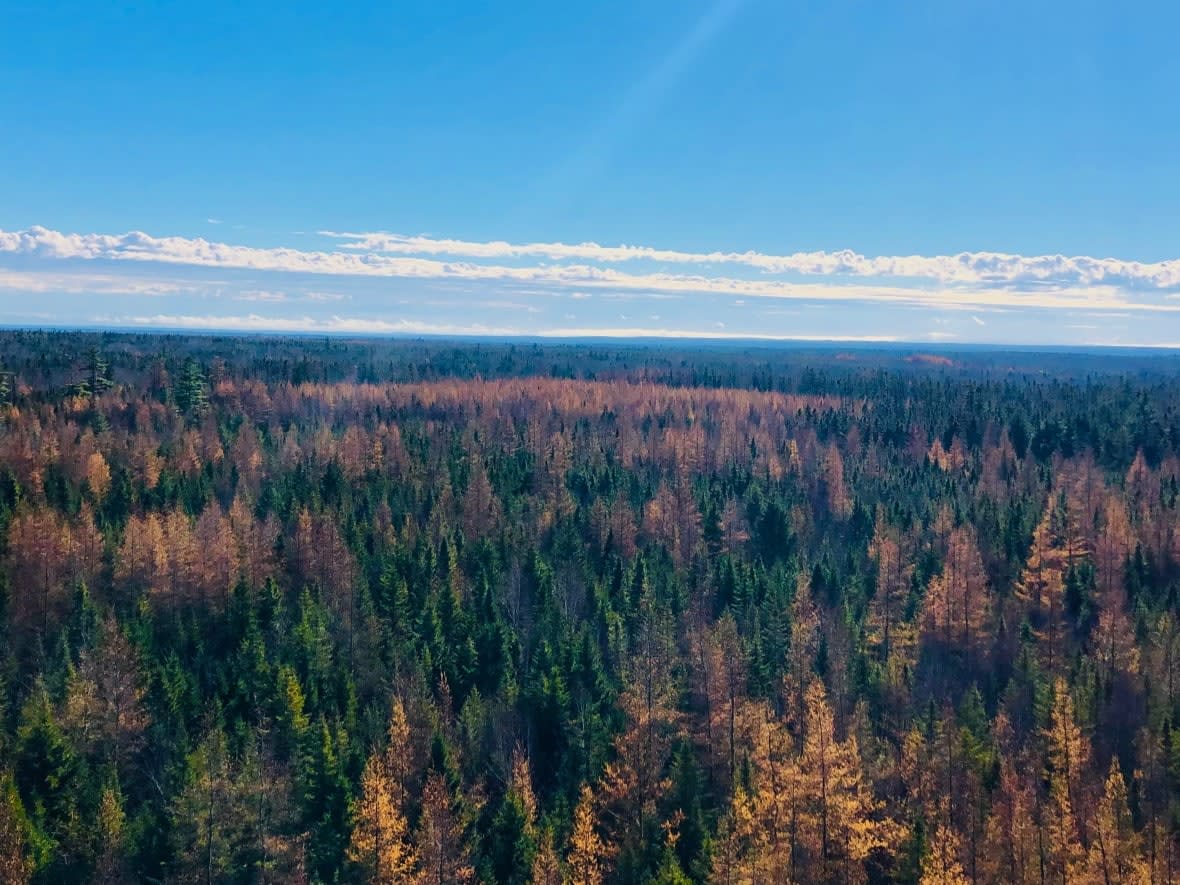
Trees are known as one of our best tools to fight climate change, but researchers doing experiments east of Fredericton say there's no guarantee future forests will absorb more greenhouse gas than they give off.
And, some argue we should adjust forest management practices now to improve the odds.
"When you hear in the news about how we're trying to cap the climate warming to 1.5 degrees Celsius, that projection of warming is based off things like this forest carbon measurement that we take," said Löic D'Orangeville, one of several scientists collecting data at the Acadia Research Forest off Route 10, north of the Burpee Stream.
Wood is a "nice, long-term" way to sequester carbon, said D'Orangeville, an associate professor in the faculty of forestry and environmental management at the University of New Brunswick.
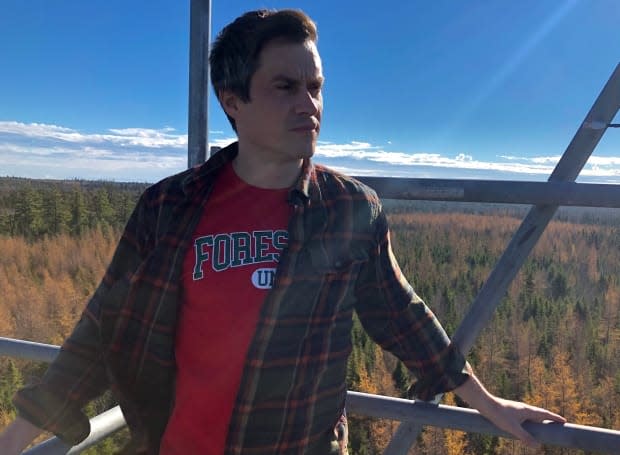
Trees use energy from the sun and convert carbon dioxide and water into sugars, wood and oxygen.
All the climate models have been assuming that with longer growing seasons, trees would grow more, and overall, forests would be storing more carbon, said D'Orangeville.
But his research suggests that may not be the case.
"It's much more complicated than that," he said.
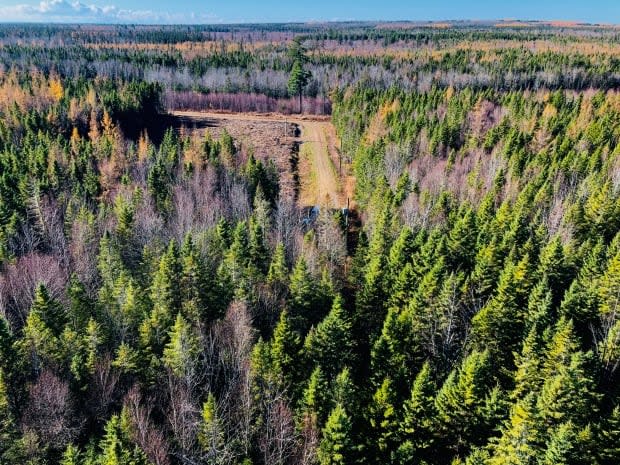
In a paper published in the journal Nature in August, D'Orangeville and some U.S. colleagues report finding that trees in the research forests of Harvard University in Massachusetts and the Smithsonian Institution in Maryland did not grow more wood with longer growing seasons. The growth period just shifted.
"If there was a warmer spring, they would start growing early in the season, but they would also stop earlier in the season."
"That was a big shift in our understanding, in my opinion," said D'Orangeville.
"Some level of warming can be good up to a certain point, and then that beneficial effect becomes detrimental."
"That study told us we might actually be past that tipping point in those forests."
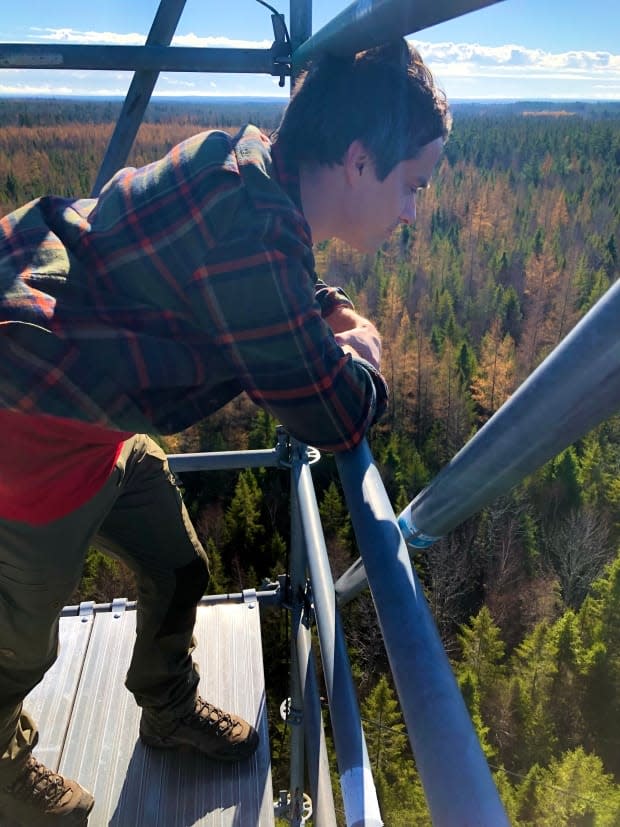
In D'Orangeville's view, the lesson is that we can't assume the forest is going to adapt to climate change and "do the work for us."
"We actually need to make sure that we reduce the carbon emissions in the atmosphere," he said.
But, what's happening in the Harvard and Smithsonian research forests isn't necessarily what's happening here.
Most of New Brunswick and all of Nova Scotia and Prince Edward Island have a forest type known as "Acadian." It has some of the same trees that grow in the New England area where he did his study — known as "Temperate" forest — and some of the trees that grow in the "Boreal" forest which covers most of Canada. Acadian forest also has a species unique to itself — red spruce.
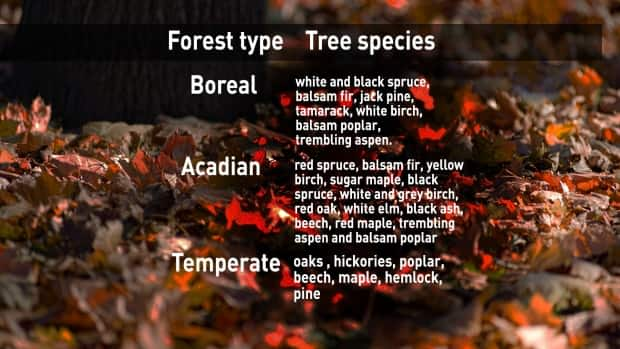
By contrast, the tree species in the Boreal forest are expected to grow more with warming, said D'Orangeville, especially in Eastern Canada, where water is plentiful.
He expects future growth in the Acadian forest will vary by tree species and he has some experiments in progress to get a better idea of how they'll fare.
Balsam fir, which now dominate local forests, might grow a little better with warming, said D'Orangeville, but only to a certain point.
"It's probably going to eventually slow down and then be replaced by other species."
While D'Orangeville is focused on how individual trees are growing and breathing, Manuel Helbig, his colleague from Dalhousie University's department of physics and atmospheric science, is one of the people looking at the bigger picture — how the forest as a whole is absorbing carbon and giving it off.
A quarter of carbon dioxide created by people goes into the land, including forest, said Helbig.
"We want to understand exactly how much of that anthropogenic CO2 that we're emitting will end up in the forest, so that's kind of slowing down climate change."
"It can go both ways," said D'Orangeville, because when leaves and wood decay, for example, that generates carbon dioxide.
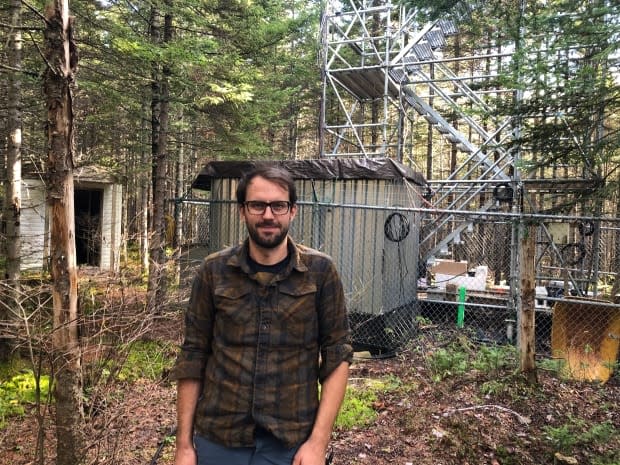
Scientists refer to the flow of carbon dioxide in and out of the forest as a "flux." They're measuring it at a handful of "flux towers" across the country.
The Acadia Research Forest has the only flux tower in Atlantic Canada.
Instruments installed on the flux tower count CO2 molecules in the air above the treetops.
UNB researchers started collecting this type of data about a decade ago.
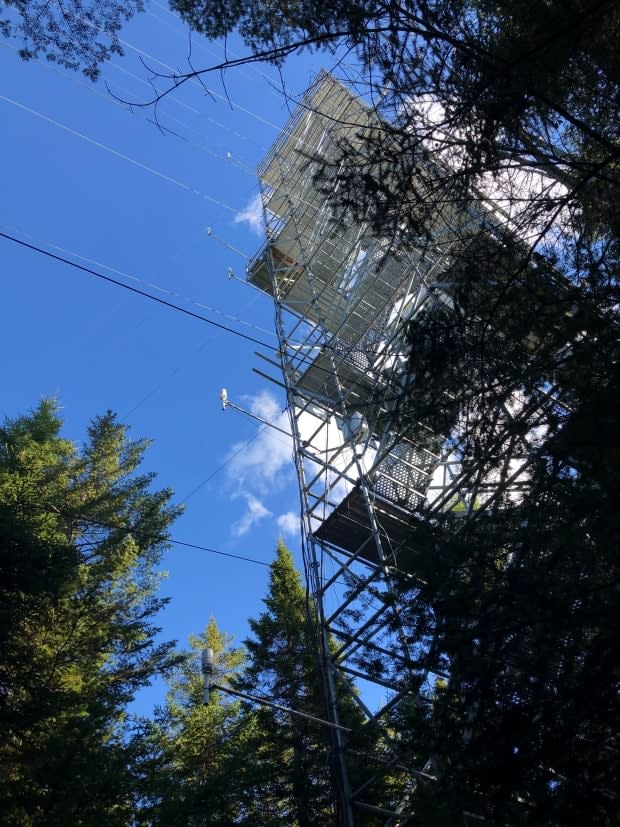
Helbig has been upgrading the equipment this fall to follow up on their work.
Sensors at intervals up the tower also measure temperature and humidity.
Helbig expects to find the forest around the Acadia flux tower is still absorbing CO2, but lesser amounts of it during hot, dry summers.
It may even give off CO2 sometimes, he said, "if it's really dry."
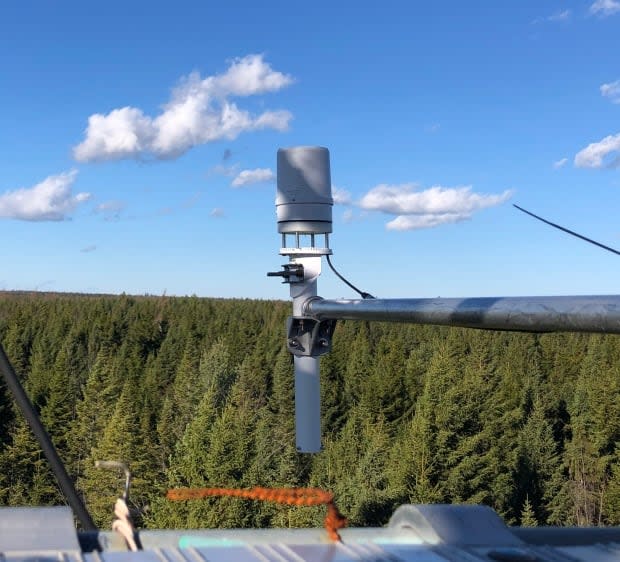
It's believed that in the last 15 years or so, Canadian forests have been net emitters of greenhouse gas because of disturbances, said D'Orangeville, but we still have "limited understanding" of how the flux changes in response to heat, fires, droughts and insect infestations.
D'Orangeville would like to see many more flux towers to take measurements in different types of forest stands — some that have more hardwood trees, and some that have younger and older trees.
He also thinks more tree growth studies are worthwhile, like the one described in his Nature article.
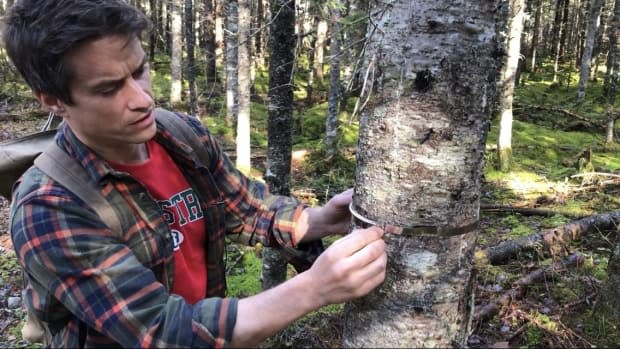
He said that information was gathered using metal bands that cost about $15 each.
"It's not a massive investment of money … but it ends up giving us critical information on the whole response of the forest."
It could mean the difference, he said, between the forest actively storing carbon, or slowly dying.
Meanwhile, he said, we should use the tools we have to help it out.
"We plant millions of trees every year. The human power that is out there in the woods … every day to manage the forest, we could make use of that to actually help the forest cope with climate change."
"Things like increasing diversity of species, it's just like increasing your investment portfolio."
That would help industry, he said, and also help the environment.


